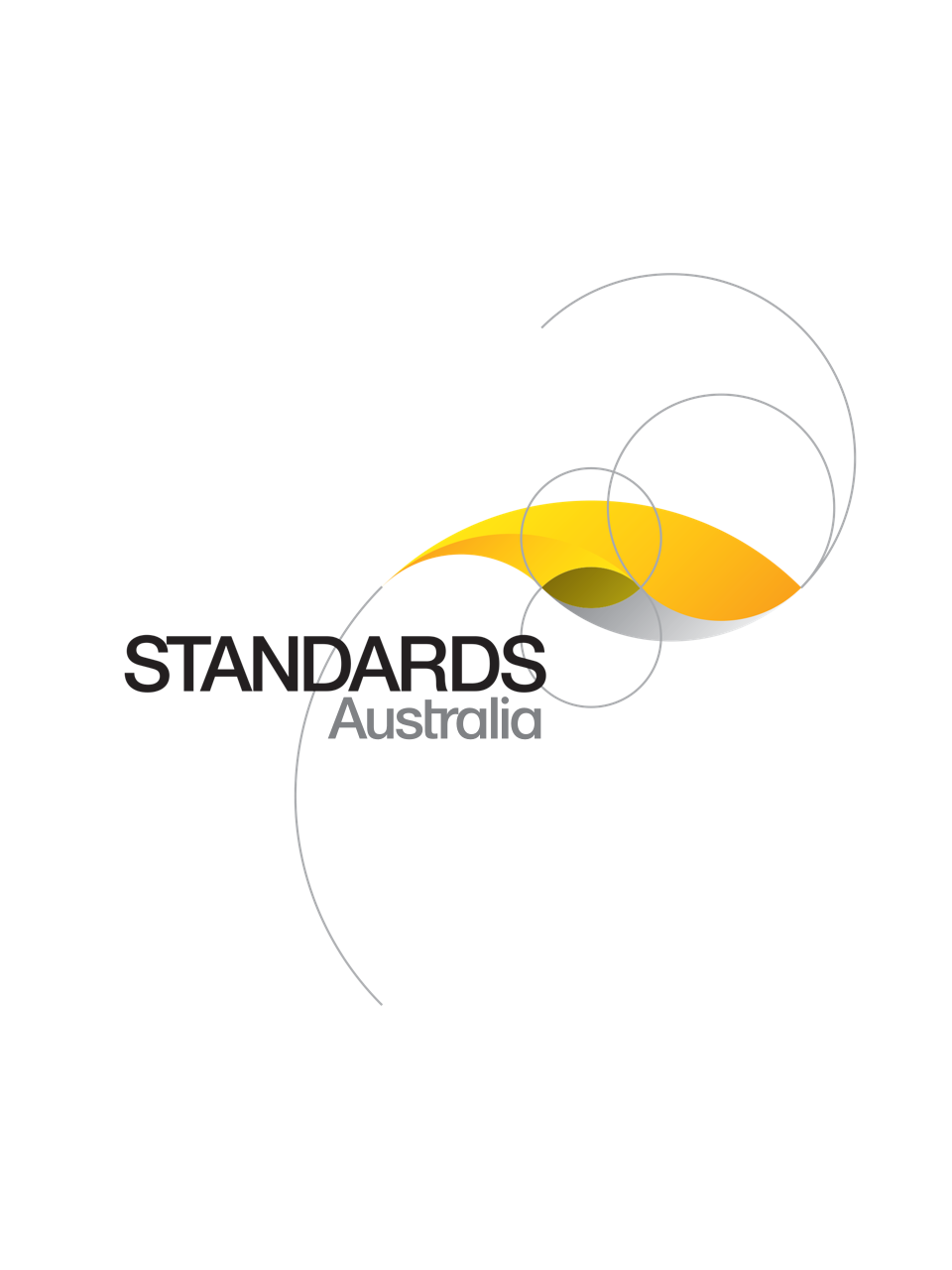Standard
Track updates
AS 2550.1-2011
[Pending Revision]Cranes, hoists and winches - Safe use, Part 1: General requirements
Sets out the general requirements for the safe use of cranes, hoists and winches.
Published: 18/03/2011
Pages: 72
Table of contents
Cited references
Content history
Table of contents
Header
About this publication
Preface
1 Scope and general
1.1 Scope
1.2 Application
1.3 Referenced documents
1.4 Definitions
1.5 Instructions
1.6 Legislated responsibility
1.7 Competency of personnel
1.8 Risk assessment
2 Planning
2.1 General
2.2 Planning
2.3 Matters to be considered
3 Selection
4 Siting
4.1 General
4.2 Crane standing
4.2.1 General
4.2.2 Wind load
4.2.3 Underground services
4.2.4 Stability of crane standing
4.3 Proximity hazards and visibility
4.3.1 Proximity hazards
4.3.2 Visibility
4.4 Environmental restrictions
4.5 Clearances
5 Erection, commissioning and dismantling
5.1 Identification of crane components
5.2 Erection, commissioning and dismantling instructions
5.3 Electrical supply
5.4 Commissioning
5.4.1 General
5.4.2 Correct function of safety devices
5.5 Safeguarding the crane
6 Operation
6.1 Operational instructions
6.1.1 General
6.1.2 Hazard identification
6.1.3 Operating instructions
6.2 Crane operation management
6.3 Compliance with instructions
6.4 Communication of irregularities
6.5 Leaving the crane unattended
6.6 Out of service
6.7 Housekeeping
6.8 Crane access and egress
6.8.1 General
6.8.2 Emergency egress
6.8.3 Maintenance, commissioning, erection or dismantling
6.9 Persons approaching the proximity of a crane
6.10 Crane operation
6.10.1 General
6.10.2 Hoisting of loads
6.10.3 Use of motion limits
6.10.4 Interruption of electric power supply
6.11 Load security
6.12 Control of load
6.13 Tag lines
6.14 Communication
6.14.1 General
6.14.2 Hand signals
6.14.3 Bell, buzzer and whistle signals
6.14.4 Radio communication
6.15 Handling loads over public access areas and adjacent buildings
6.16 Non-positive lifting attachments
6.17 Indicating and limiting devices
6.18 Riding on the crane structure
6.19 Suspension of persons by crane
6.19.1 General
6.19.2 Requirements for the crane used with a workbox
6.19.3 Operation of the crane with suspended personnel
6.20 Operation near aerial conductors (overhead powerlines)
6.20.1 General
6.20.2 Precautions when operating near live aerial conductors
6.20.3 Separation distances and risk controls
6.20.4 Aerial conductor contact
6.21 Underground conductor contact
6.22 Special duties
6.22.1 General
6.22.2 Grabbing and magnet crane service
6.22.3 Lifting products of demolition
6.22.4 Inspection
6.22.5 Recreational use
6.23 Weather conditions
6.23.1 Wind conditions
6.23.2 Visibility conditions
6.23.3 Wet conditions
6.23.4 Lightning
6.24 Incident or damage
6.25 Modifications to cranes
6.26 Fire extinguisher
6.27 Designed lifts
6.28 Multiple hoist or crane operation
6.28.1 General
6.28.2 Crane type
6.28.3 Capacity requirements
6.28.4 Multiple hoist operation
6.28.5 Planning for multiple crane hoisting
6.28.5.1 General
6.28.5.2 Mass of load
6.28.5.3 Mass of lifting gear
6.28.5.4 Load-handling attachments
6.28.5.5 Synchronization of the crane and crab motions
6.28.5.6 Pick and carry
6.28.5.7 Wind
6.28.6 Supervision of a multiple crane hoisting operation
6.29 Manuals
6.30 Vessel-mounted cranes
6.30.1 General
6.30.2 Mounting or operating position
6.30.3 Vessel characteristics
6.30.4 Items to be verified
6.30.5 Grabbing cranes
6.30.6 Pile removal operations
6.30.7 Testing
6.30.7.1 General
6.30.7.2 Stability test
6.30.7.3 Function test
6.30.7.4 Brake test
6.30.8 Post-test assessment
6.30.9 Rated capacity charts
6.30.10 Offshore and ship-mounted cranes
7 Maintenance, inspection and repair
7.1 General
7.2 Maintenance
7.3 Inspection
7.3.1 General
7.3.2 Pre-operation inspection
7.3.3 Routine inspection
7.3.4 Periodic third-party inspections
7.3.5 Major inspection
7.4 Repairs
7.4.1 General
7.4.2 Assessment for repair procedure
7.4.3 Alternative recommendations
7.4.3.1 Competent person’s report
7.4.3.2 Management of repairs
7.4.4 Repair work
7.4.5 Welding repair examination
7.5 Records
8 Inspection of ropes, hooks and lifting gear
8.1 Ropes
8.1.1 Replacement of ropes
8.1.2 Rope reeving
8.1.3 Rope guards or keepers
8.1.4 Guide rollers and guide sheaves
8.1.5 Rope drums and sheaves
8.1.6 Rope terminal fittings
8.1.7 Rope lengths
8.1.8 Rope stretch
8.1.9 Examination of ropes
8.2 Hooks and hook blocks
8.3 Lifting gear
8.3.1 Identification and marking
8.3.2 Inspection
9 Major assessment for continued use or changed operation
9.1 General
9.2 Recording of crane operation
9.2.1 General
9.2.2 Methods of duty recording
9.3 Assessment of design working period
9.3.1 General
9.3.2 Schedule
9.3.3 DWP calculation method
9.4 Major assessment
9.4.1 General
9.4.2 Criteria for major assessment
9.4.3 Manufacturer’s instructions
9.4.4 Report
9.5 General overhaul
9.5.1 General
9.6 DWP calculation for cranes
9.6.1 General
9.6.2 Factor for duty estimation
9.6.3 Number of operating cycles
9.6.4 Load spectrum
9.6.5 Crane classification
9.7 DWP calculation for hoisting mechanisms
9.7.1 General
9.7.2 Crane-specific design duty factors are known
9.7.3 Mechanism classification is known
Appendix A
Appendix B
Appendix C
Appendix D
D1 Use
D2 Design
D3 Procedure
D4 Operation
Appendix E
E1 Scope
E2 Restriction of access
E3 Authorization for access
E4 Warning to other personnel
E5 Work near cranes
E6 Work on cranes
E7 Lock-out of main isolator or crane isolator
E8 Overhead maintenance or inspection
E9 Maintenance and inspection in elevated positions
Appendix F
F1 Scope
F2 Control points
F2.1 General
F2.2 Structural
F2.3 Function
F2.4 Adjustment
F2.5 Lubrication
F3 Control frequency
Appendix G
G1 Scope
G2 Application
Appendix H
Appendix I
Cited references in this standard
[Withdrawn]
Use of colour for the marking of physical hazards and the identification of certain equipment in industry (known as the SAA Industrial Safety Colour Code)
One-time Purchase
Access via web browser on any device
One-time purchase
Single publication
Offline access via PDF^
$230.25 AUD
Inclusive of GSTFormat *
Web Reader
Licenses *
1 License (for yourself - not shareable)
Total$230.25 AUD
IMPORTANT
